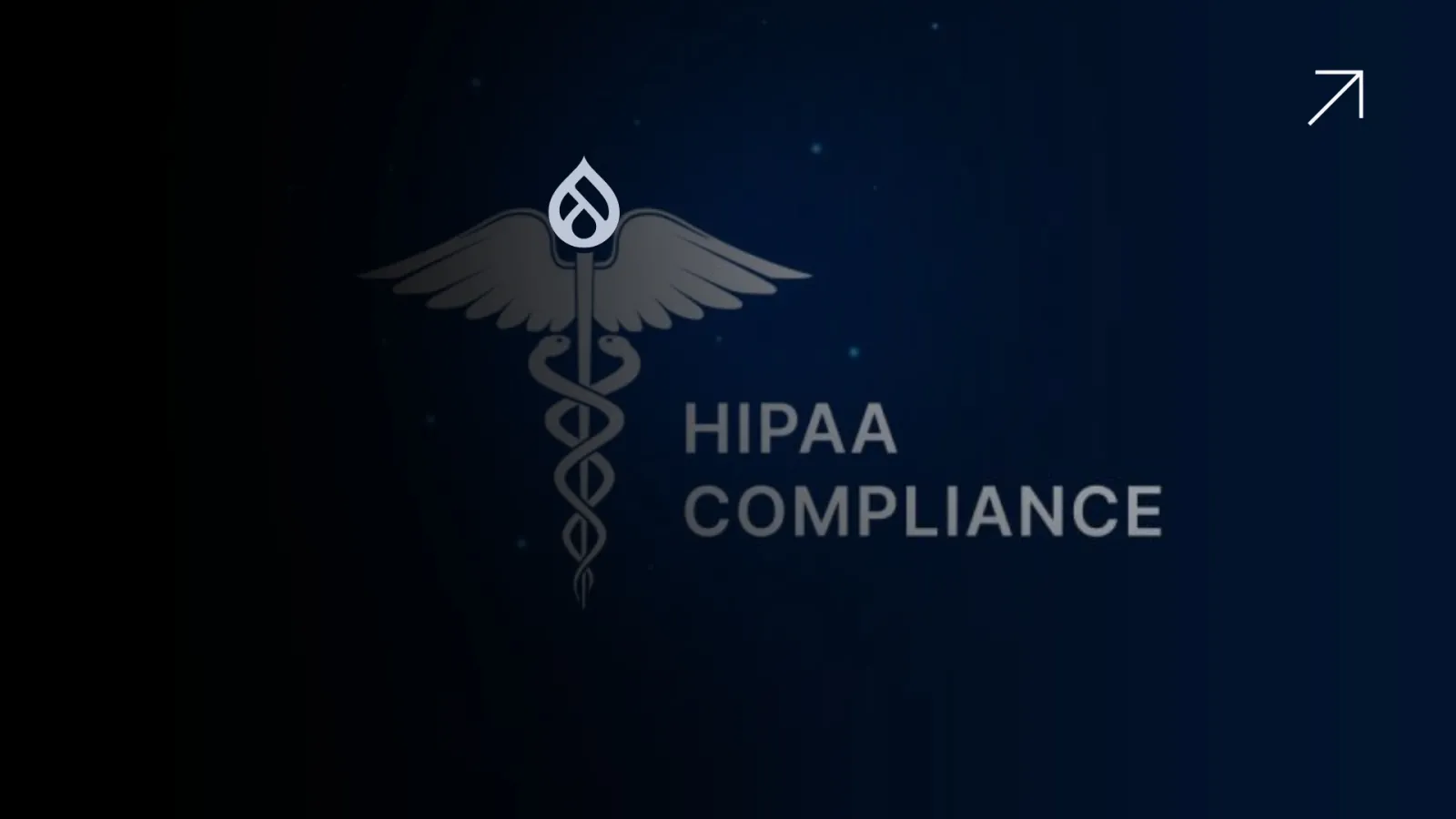For pharma companies, digital isn’t a nice-to-have anymore. It’s the front line. But with every web page, every asset, every single update, you’re walking a tightrope. HIPAA, FDA, EMA, and internal governance teams aren’t just checking boxes. They’re watching every move. And that’s before you get to the real bottleneck: MLR.
Medical, Legal, and Regulatory review is where good digital ideas go to die, or at least get delayed until they’ve lost momentum. The problem isn’t the people. It’s the process. And it’s the platforms that weren’t built for the realities of a regulated enterprise.
This is where Drupal for pharma is making serious ground.
The Compliance Burden is Only Getting Heavier
If you’re running digital in a pharma company, you already know this. Your teams are juggling local regulations, global frameworks, brand messaging, data privacy laws, and medical accuracy. And every time you launch a new page, an email, a portal, you have to pass through MLR with a documented, auditable trail.
Most CMS platforms weren’t built for that level of scrutiny. Commercial vendors treat compliance as a feature add-on. But in pharma, compliance isn’t a feature. It’s the foundation.
Drupal was built differently. And right now, it’s giving enterprise pharma teams the edge they’ve been missing.
MLR Doesn’t Have to Be a Black Hole
Ask anyone in a digital pharma team what causes delays. Nine times out of ten, it’s MLR. Medical wants scientific accuracy. Legal wants liability protection. Regulatory wants control. And marketing just wants to launch.
It’s not that MLR is unnecessary. It’s that the workflows around it are broken. Emails fly back and forth. Spreadsheets track approvals. PDFs get annotated and re-uploaded. By the time content is approved, it’s already outdated.
Drupal for pharma changes that. With built-in workflow engines, role-based permissions, and audit logs that make documentation painless, you can create automated MLR pipelines. Everyone sees what they need to see, when they need to see it. No guessing. No bottlenecks. No compliance fire drills.
This is where real transformation starts; not with flashy features, but with fewer approval headaches and faster time to market.
HIPAA, FDA, and Drupal: Not Just Compatible - Optimized
Whether it’s HIPAA requirements around patient data, or FDA demands for content traceability, Drupal checks every box.
Audit trails? Native. Content versioning? Baked in. Granular user permissions so only authorized reviewers can publish or edit? Standard. The security frameworks in Drupal aren’t afterthoughts. They’re built for organizations that can’t afford to slip.
That’s why so many pharma brands are using Drupal for pharma not just for external marketing sites, but for internal platforms too, training portals, medical content hubs, global intranets, and more.
It’s not just about being compliant. It’s about proving compliance without slowing down your teams.
Pharma Needs More Than Just Security
Let’s be honest, every enterprise CMS talks about security. But security alone doesn’t move the needle.
What pharma actually needs is a platform that understands how to manage high-volume, high-risk content across global teams. That means a system that can handle MLR reviews, localize content for different markets, manage translations, and still get the right version live on time.
Drupal for pharma does all of this without forcing you into rigid templates or clunky workarounds. It integrates with your DAM, your CRM, your analytics stack. It connects with Veeva or Salesforce Health Cloud. And it doesn’t make you choose between compliance and agility.
That’s why leading pharma companies are leaving closed platforms behind. Not just to avoid licensing costs, but to finally get the control and transparency they’ve needed for years.
Valuebound Gets It
We know MLR is painful. We’ve seen teams lose weeks- or quarters- just getting a piece of content through the gate. But we’ve also built systems with Drupal for pharma that take that pain off the table.
At Valuebound, we don’t just implement tech. We help pharma teams solve real operational problems with platforms designed to scale, governed by workflows that regulators love and teams don’t dread.
The digital bar in pharma is rising. And Drupal is already there.





